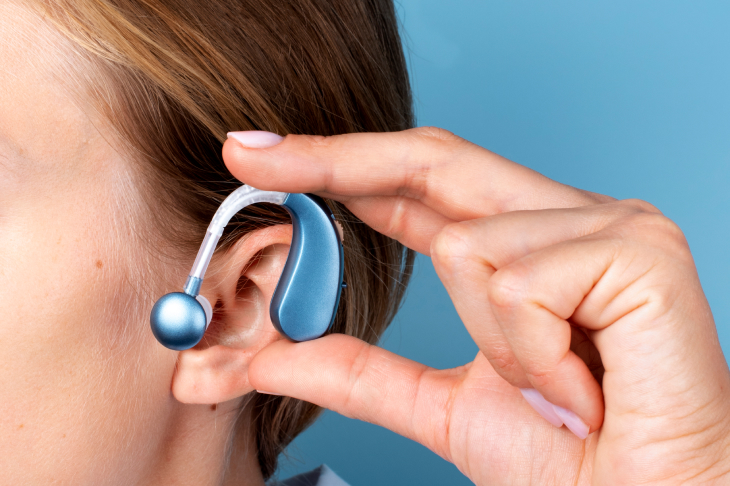
Exercise is a crucial component of a healthy lifestyle, but for those who wear hearing aids, there may be concerns about whether it's safe to exercise with them. In this blog post, we'll explore whether you can exercise with hearing aids and offer some tips to help you stay safe and comfortable during your workout.
Can I Exercise with Hearing Aids
The short answer is yes, you can exercise with hearing aids. In fact, many people with hearing aids lead active and healthy lifestyles, participating in various physical activities, including running, cycling, swimming, and weightlifting. However, there are a few things you should keep in mind to ensure that your hearing aids are protected and you remain safe during your exercise routine.
Benefits of Exercising with Hearing Aids
Many individuals with hearing aids may feel anxious about engaging in physical activity due to concerns about damage to their devices or discomfort during exercise. However, there are many benefits to exercising with hearing aids, including:
Improved Communication: Physical activity often occurs in social settings, such as group classes, which can be challenging for individuals with hearing loss. By wearing hearing aids during exercise, you can improve your ability to communicate and participate in group settings.
Increased Safety: Engaging in physical activity while wearing hearing aids can enhance your awareness of your surroundings and increase your ability to hear approaching hazards, such as oncoming vehicles or approaching runners.
Better Health Outcomes: Regular exercise is critical for maintaining a healthy weight, reducing the risk of chronic diseases such as diabetes and heart disease, and improving overall physical and mental health.
Tips for Exercising with Hearing Aids
Secure Your Hearing Aids The first thing you'll want to do is make sure that your hearing aids are secured in place. Depending on the type of exercise you're doing, your hearing aids may be more prone to falling out or getting damaged. For example, if you're doing a high-intensity workout that involves jumping or running, you may want to use a headband or clip to keep your hearing aids secure.
Protect Your Hearing Aids from Sweat Sweat can damage your hearing aids over time, so it's essential to protect them from moisture during your workout. You can do this by using a sweatband or headband to absorb sweat, or by using a hearing aid sweatband that's specifically designed to protect your device from moisture.
Be Mindful of Feedback Feedback or whistling sounds from your hearing aids can be distracting and uncomfortable during exercise. To prevent this, make sure your hearing aids are correctly positioned and secure, and adjust the volume if necessary.
Choose the Right Type of Hearing Aid Some types of hearing aids are better suited for exercise than others. For example, behind-the-ear (BTE) hearing aids are generally more durable and can handle moisture better than other types of hearing aids. If you're an active person who enjoys exercise, it may be worth considering BTE hearing aids.
Take Breaks When Necessary Finally, it's important to listen to your body and take breaks when necessary. If you're feeling fatigued or dizzy, take a break and rest until you feel better. Pushing yourself too hard during exercise can be dangerous, especially if you're wearing hearing aids.
In conclusion, exercise is an essential part of a healthy lifestyle, and you can certainly exercise with hearing aids. By taking a few precautions and following these tips, you can protect your hearing aids and stay safe and comfortable during your workout. Remember to speak to your hearing healthcare provider if you have any concerns about exercising with your hearing aids.